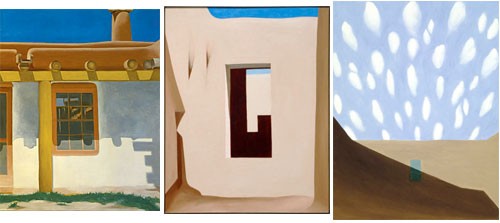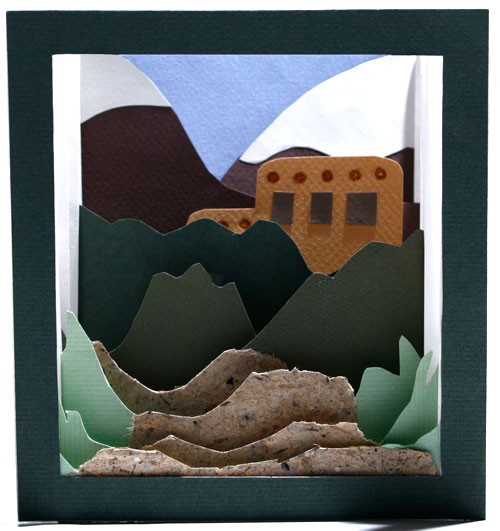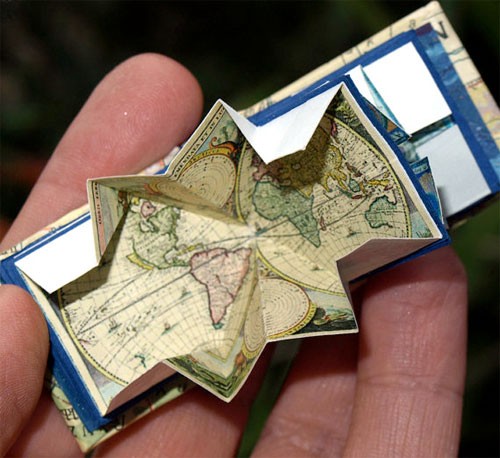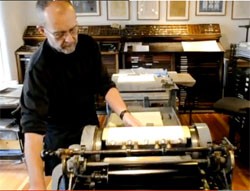Last week I went to the opening of a show called “Odes & Offerings” at the Community Gallery here in Santa Fe. Our current Poet Laureate had selected 36 poems by local poets, then artists applied to make a piece using a line or phrase from one of the poems as inspiration. Many of the artists incorporated the text of the phrase into their finished piece, and it was quite wonderful to see a gallery so full of words!
![]() One of the pieces I particularly admired was by Joy Campbell, a sculpture that had small books in it. Turns out I had run across Joy’s work a few months ago at another gallery here (one with a small side room labelled “book arts!”) She makes altered books, and they are quite wonderful. You can see many of them here. And below is the piece I saw at the opening, The Yellowwood Tree, from poem by Lauren Camp. On her blog, Lauren says “Joy told me, ‘Your lines Decades ago, she planted the book of life and added daily to its chapters and Now, the many pages of her story grow around her are the words that inspired me to do the art piece.’”
One of the pieces I particularly admired was by Joy Campbell, a sculpture that had small books in it. Turns out I had run across Joy’s work a few months ago at another gallery here (one with a small side room labelled “book arts!”) She makes altered books, and they are quite wonderful. You can see many of them here. And below is the piece I saw at the opening, The Yellowwood Tree, from poem by Lauren Camp. On her blog, Lauren says “Joy told me, ‘Your lines Decades ago, she planted the book of life and added daily to its chapters and Now, the many pages of her story grow around her are the words that inspired me to do the art piece.’”

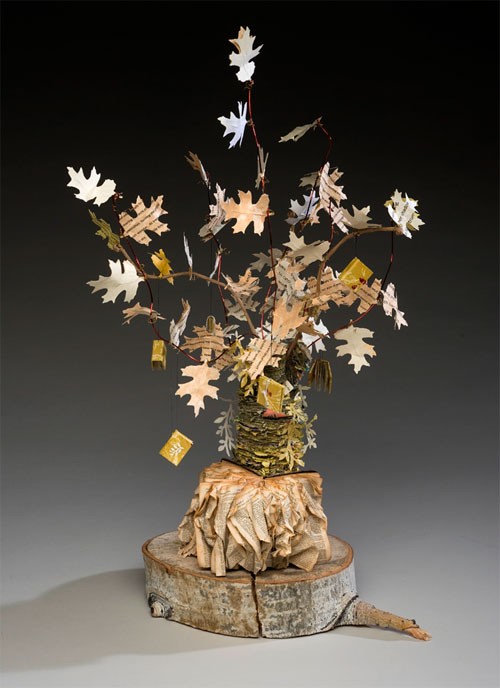
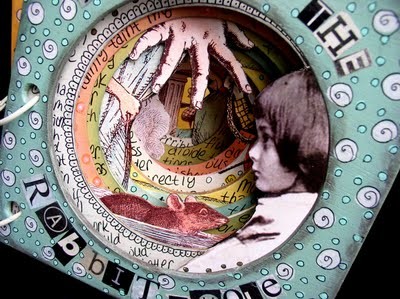
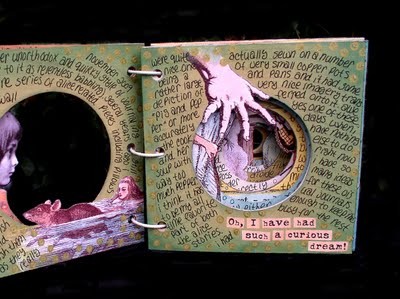
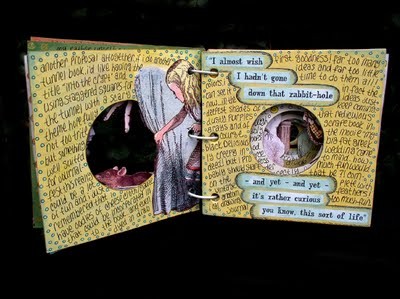
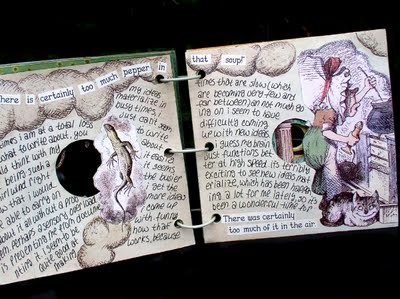
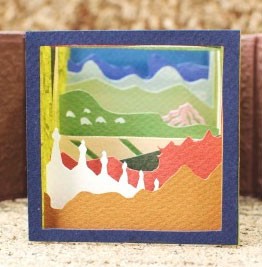
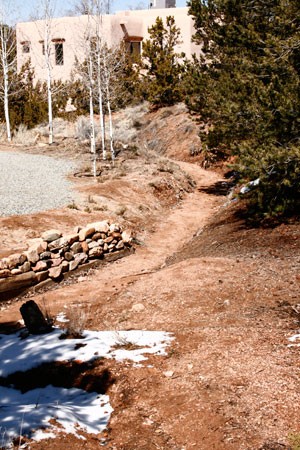 One of the usage examples for this week’s word was from Caitlin L. Gannon’s
One of the usage examples for this week’s word was from Caitlin L. Gannon’s 